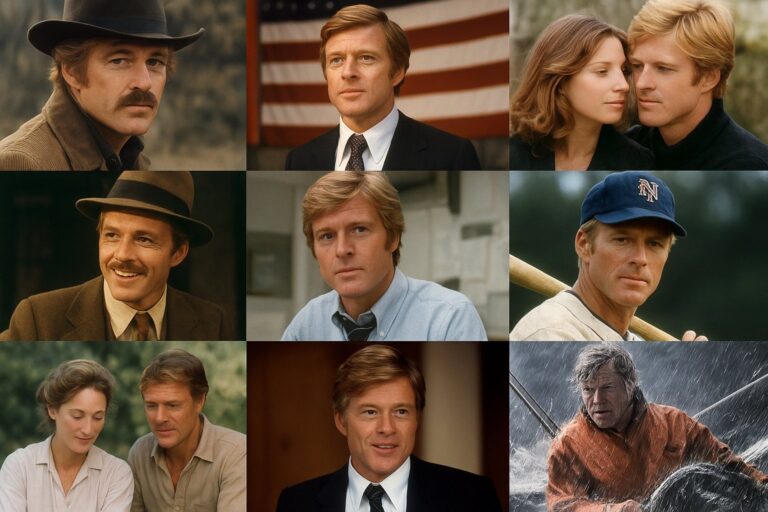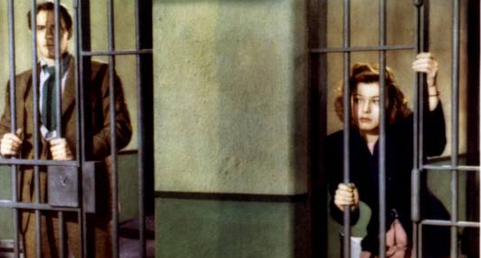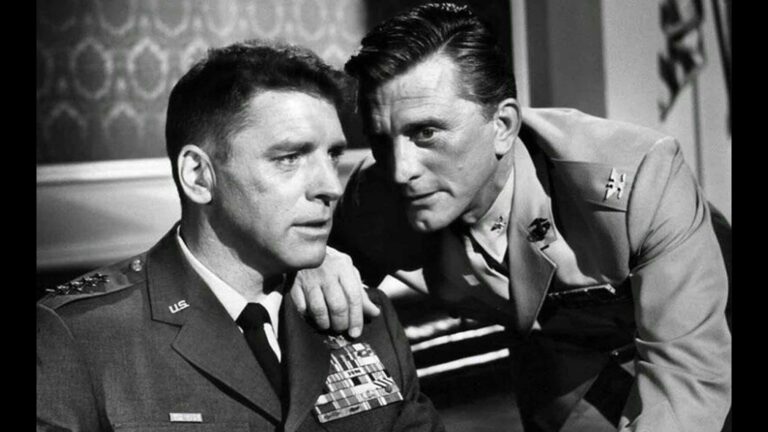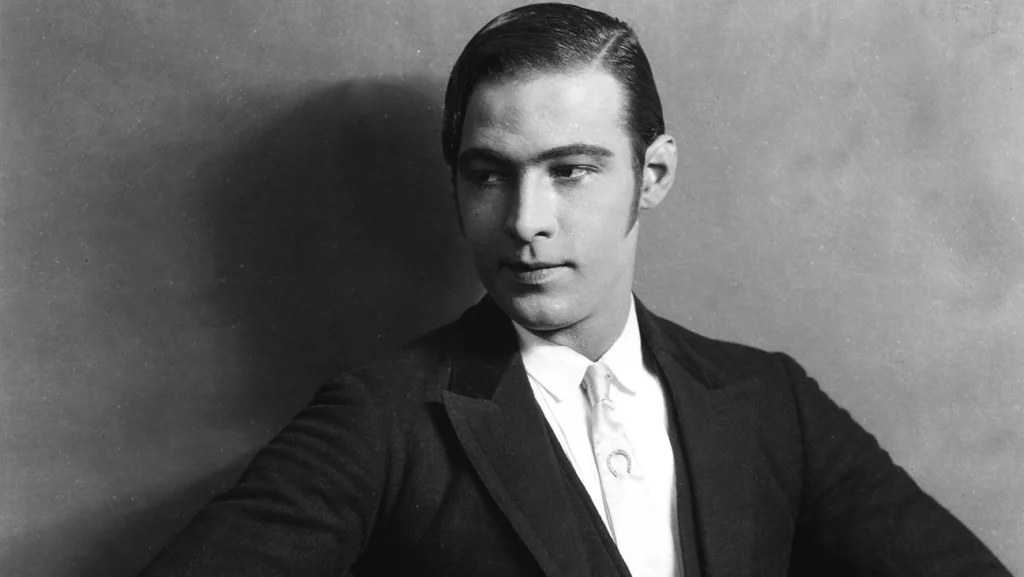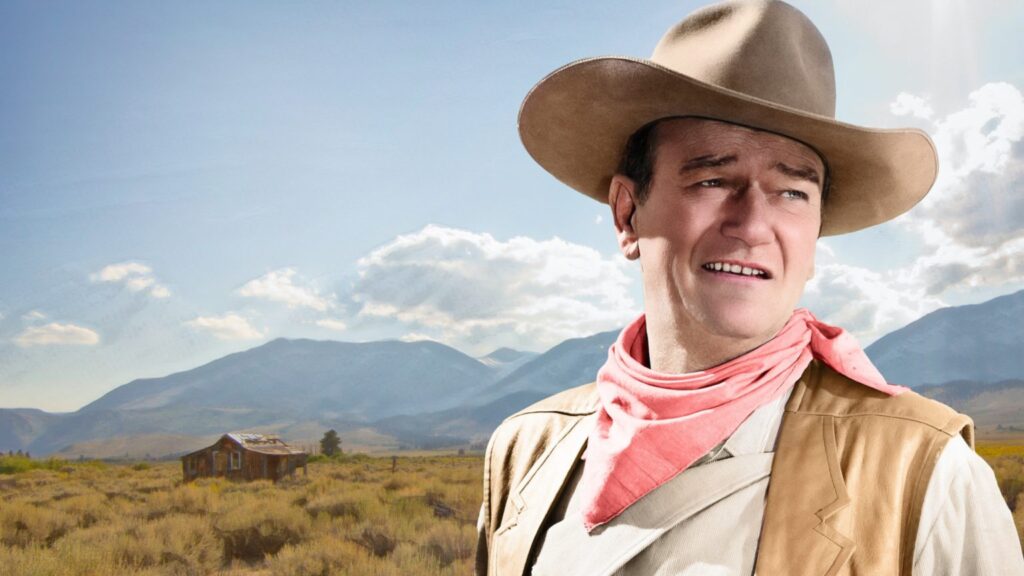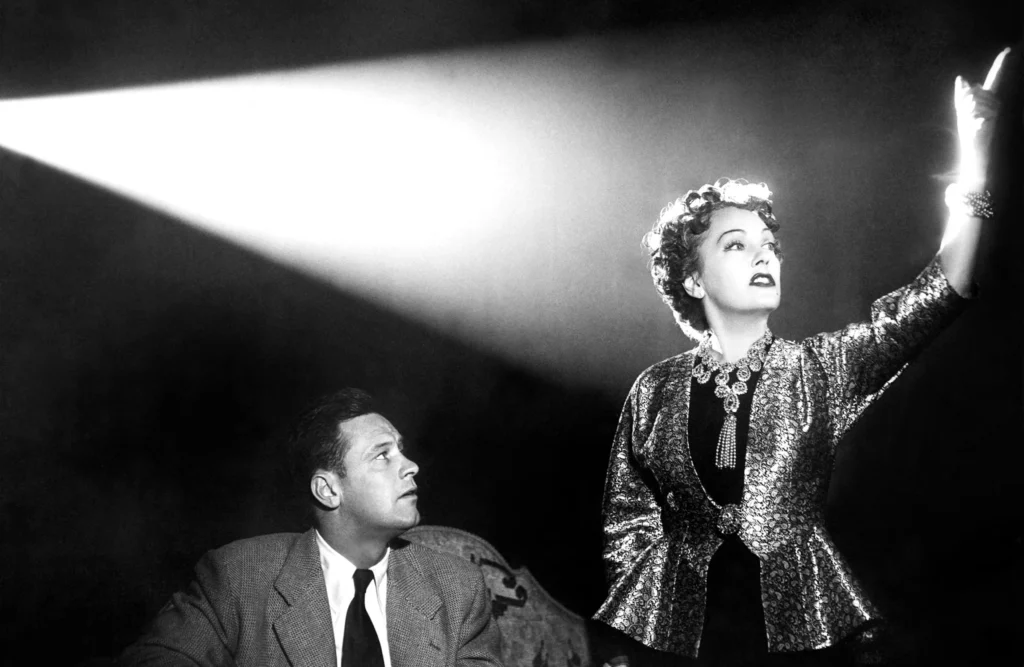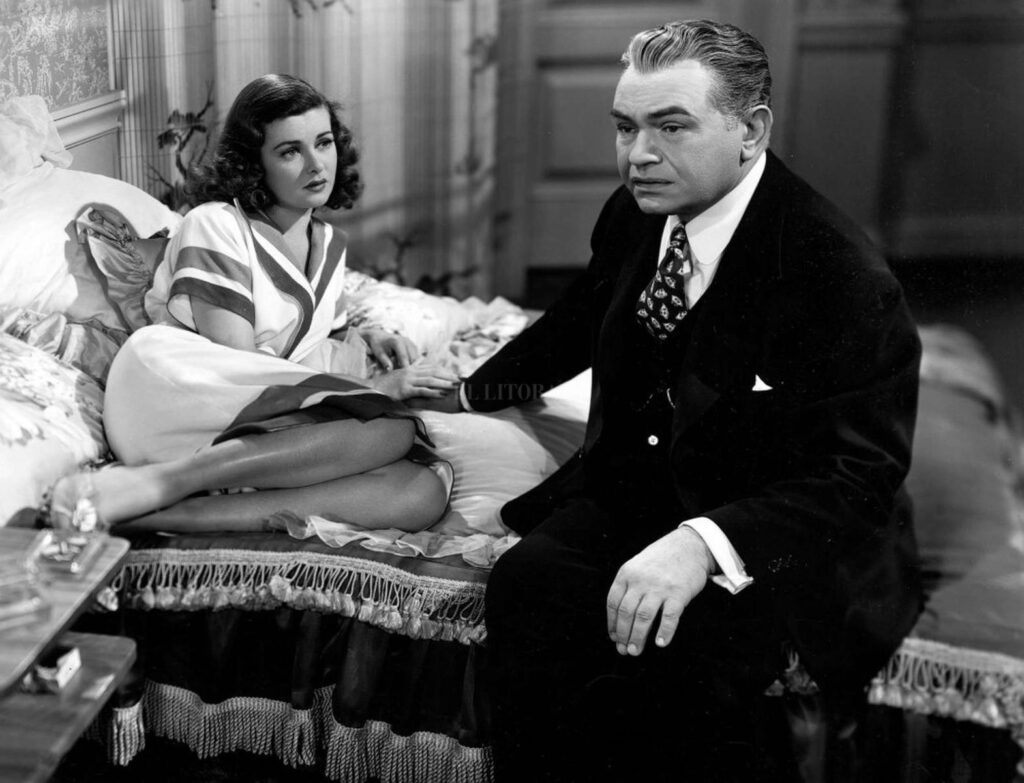When you look at Hollywood’s golden lineage, few stories are as striking as that of Alan Ladd and his son, Alan Ladd Jr.. One found fame under the hot lights of the studio system, becoming a beloved leading man of the 1940s and ’50s. The other, working largely behind the camera, reshaped Hollywood itself in the 1970s and beyond. Their paths were different, but their connection is woven into the very fabric of classic and modern cinema.
Alan Ladd: The Quiet Star
Alan Ladd’s story wasn’t one of privilege. Born in Hot Springs, Arkansas, in 1913, he endured hardship early in life. His father died when he was just four, and his mother moved him to California in search of a better future. At school, Ladd was remembered as the small, shy boy with a strikingly handsome face, but he worked tirelessly to prove himself.
Hollywood noticed his quiet strength. While not tall, he radiated a presence that captivated audiences. His breakthrough came with This Gun for Hire (1942), where his pairing with Veronica Lake turned him into a sensation. But it was Shane (1953) that etched him forever into cinema’s memory—the lone gunslinger who rides away, leaving behind both heartbreak and heroism. For audiences then and now, Ladd represented a very different kind of masculinity: reserved, sensitive, but undeniably powerful.
Alan Ladd Jr.: The Visionary Producer
His son, Alan Ladd Jr., grew up around the industry but didn’t follow his father’s footsteps as an actor. Instead, he became a power player behind the camera. Known affectionately in Hollywood as “Laddie,” he inherited his father’s resilience and determination.
As president of 20th Century Fox in the 1970s, Alan Ladd Jr. was the man who bet on films that others doubted. He gave the green light to a little movie called Star Wars (1977)—a gamble that changed cinema forever. Beyond Star Wars, he championed Alien (1979), The Omen (1976), and later, through his own production company, brought Chariots of Fire (1981) and Blade Runner (1982) to audiences. Unlike his father, Ladd Jr. wasn’t in front of the camera, but his fingerprints are on some of the most influential films ever made.
A Family Thread
The lives of Alan Ladd and Alan Ladd Jr. show us two very different sides of Hollywood: the on-screen legend and the quiet executive who made legends possible. Both men shared not only a name, but a vision of storytelling that connected deeply with audiences. Ladd Sr. spoke to us through his silence and presence on screen; Ladd Jr. spoke through the risks he took and the stories he believed the world needed to see.
As you think back on Shane riding off into the horizon, or remember the first time the Star Destroyer filled the screen in Star Wars, you’re experiencing two chapters of the same family legacy. The Ladds remind us that Hollywood isn’t just about stars or executives—it’s about families who carry the torch, passing it from one generation to the next, shaping the movies that shape us.





